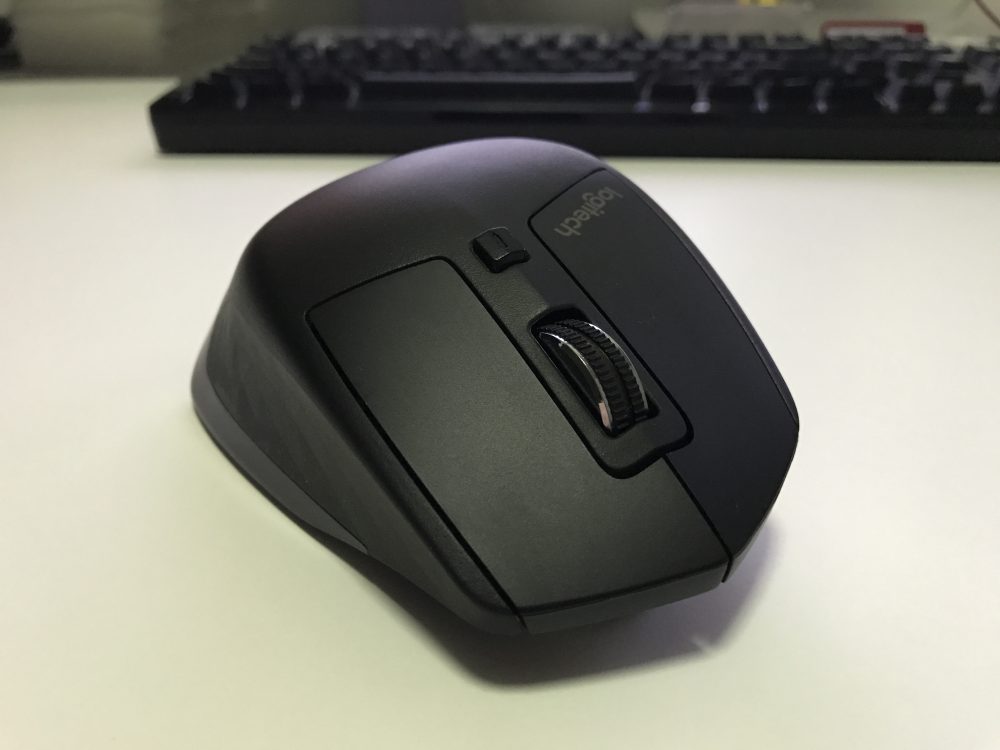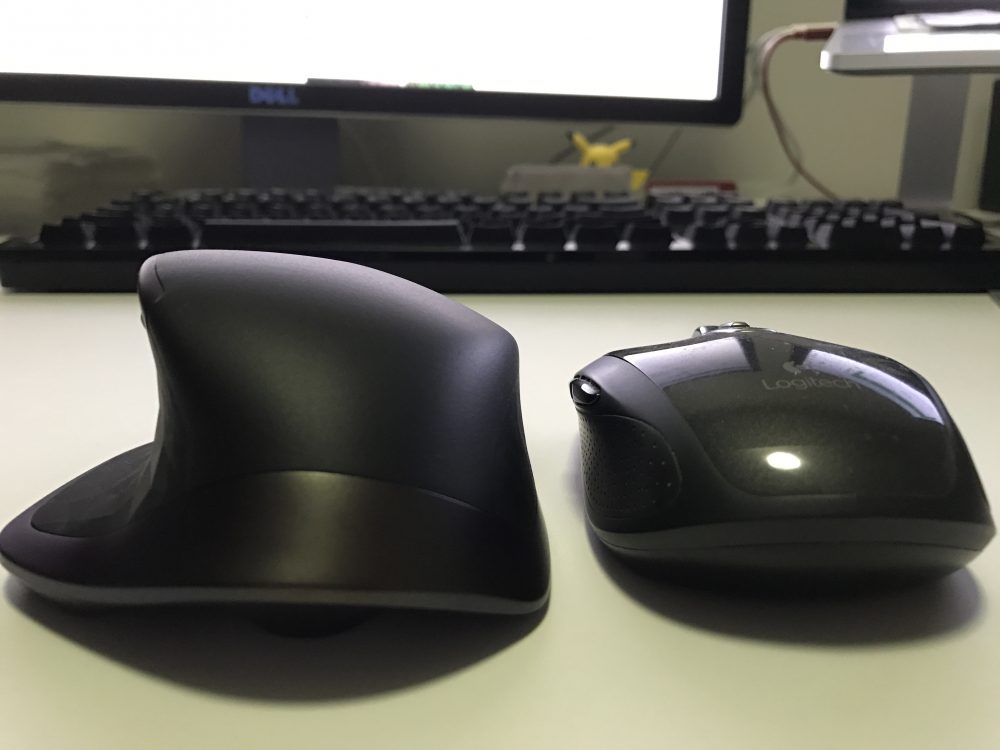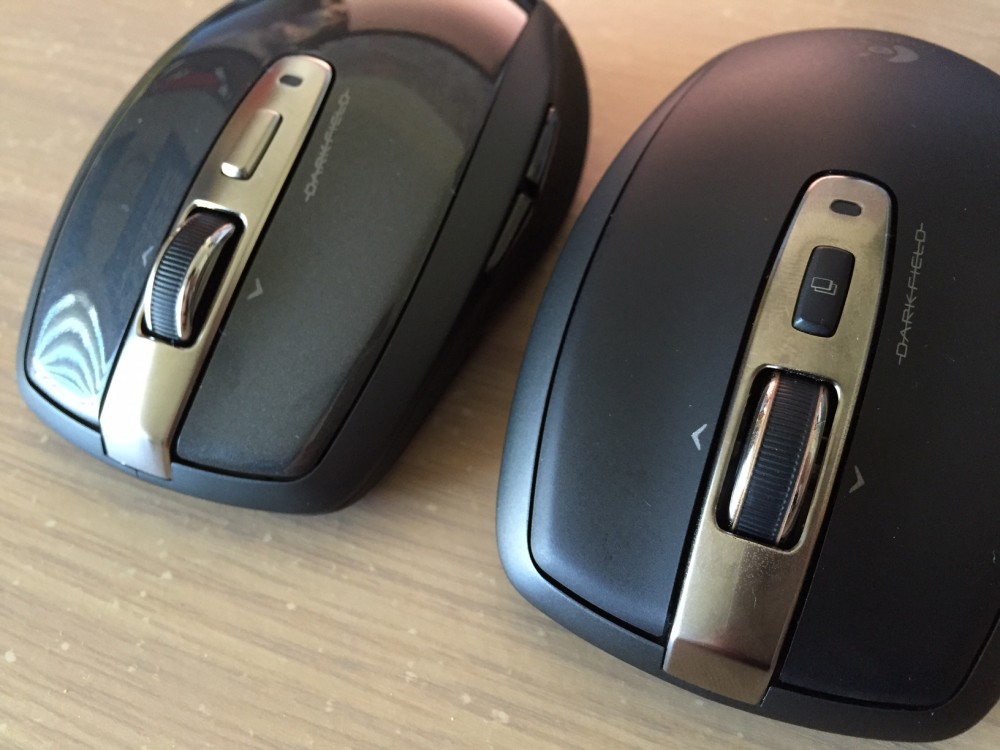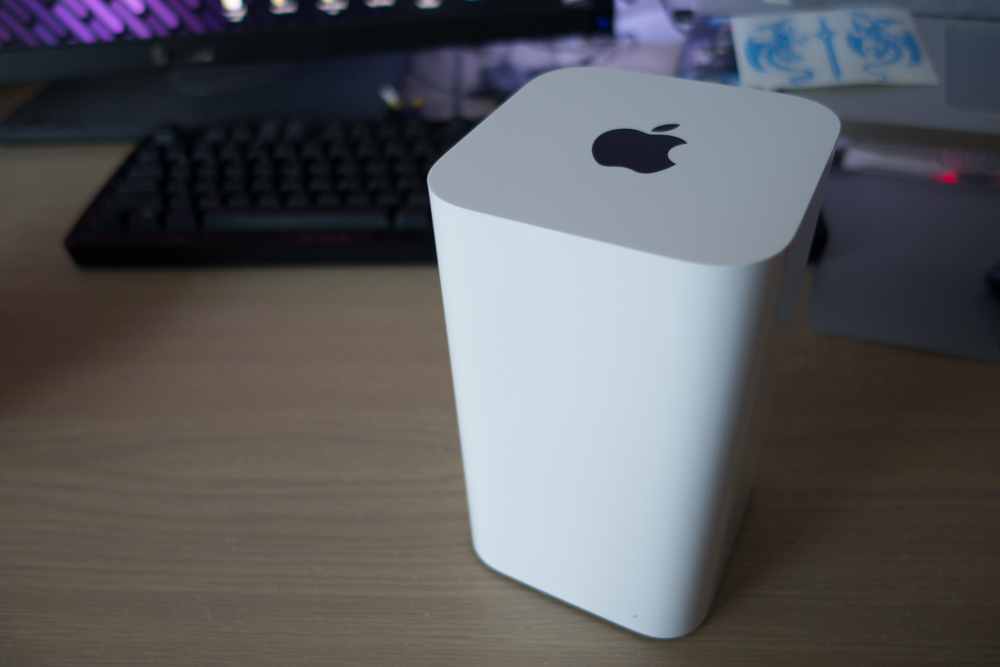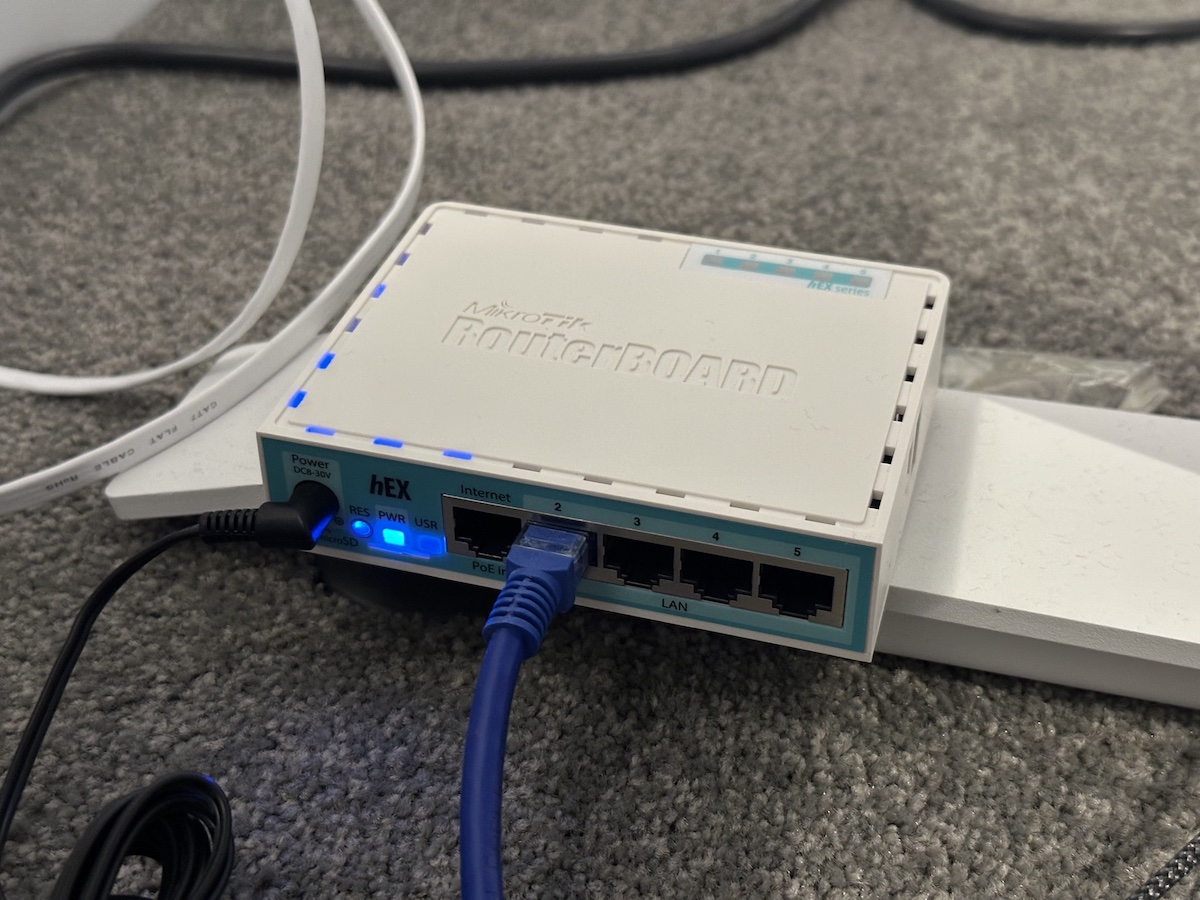
For the past nine years, a venerable Asus DSL-AC68U wireless modem/router has dutifully been providing access to the pipes filled with cats to all my devices. It’s done its job so well, faultlessly, that I feel like I need to put it out to pasture while it still can be repurposed as someone else’s wireless router. Besides, it’s 2024 now, and the Wi-Fi 5 that it came with is positively pedestrian compared to what we have now, putting aside the glaring limitations of Australian internet speeds or your device’s ability to utilise that kind of speed. Plus, WPA3 is also a thing now too, and any security upgrade is always worthwhile.
The MikroTik Hex has been rock solid as a router. After a solid week of Googleing and configuring, I think I have it set it up just how I want.
In many ways, RouterOS reminds me a lot of when I played with dd-wrt all those years ago. There’s just as many options to configure, and while that means there’s a bit of a learning curve, especially if you want to start from scratch, basically everything is configurable, and there’s very little hand-holding. Want to use one of the Ethernet ports as WAN? Of course, take your pick. Want to remove one of the Ethernet ports from the bridge and use it as a backup/dedicated management port? No problem! RouterOS will tell you when your config is invalid, but it won’t stop you from doing something stupid if it is technically possible. It’s absolutely possible to lock yourself out from your router if you’ve configured management interfaces to be only accessible certain interfaces/network ranges, so it’s absolutely possible to shoot yourself in the foot. If you want, you can start from literal scratch; no DHCP server, no DNS, no firewall rules. I can tell you now; you haven’t truly lived unless you have setup your own DHCP server, even if all that really means these days is ticking a box to turn it on and configuring a few options like your desired IP address range. The next best thing is customising the one that comes with the standard default config, which is what I ended up doing.
But did the Hex fix what marginal levels of bufferbloat I had? Yes, absolutely, although I don’t have SQM1 enabled all the time. For whatever reason, Opticomm FTTP connections are usually over provisioned in that I get slightly faster speeds (usually around 110 Mbps down, 45 Mbps up) than what I actually pay for (100/40), so I have SQM disabled outside of peak periods so I don’t miss out on that little bit of extra speed. It’s a small thing, but the way SQM is most noticeable is when I’m downloading something and watching a YouTube video at the same time. With SQM off, when that download is saturating my connection, my YouTube video drops quality and starts stuttering like it’s buffering over a dial-up connection. But with SQM enabled, I can download something and watch YouTube at the same time, without any loss in quality and without any buffering pauses. It’s a small thing, but SQM has made a minor but appreciable impact on my internet quality. If nothing else, now I can use my internet connection with impunity. Not like I didn’t before, but now I know it will actually work when I want it to, irrespective of whatever else I might be doing.
And yes, the Hex has limitations in terms of throughput with SQM enabled, but thanks to Australian internet speeds, I can save money by having a cheaper router. As it stands, apparently the Hex is good up to about 200-500Mbps with SQM enabled. Given that I’m not planning to upgrade my internet speeds anytime soon, that’s plenty, but if and when I do, a RB5009 (or its successor of the time) has my name on it. I’m still tossing up whether I want to “upgrade” to 250/25 for $4 more per month. While that may not be worth it, I can absolutely recommend SQM on any modern internet connection. If you have a one person household it might not be that big of a deal, but even I’ve noticed it, so I can only imagine how great it would be in a family home.
But honestly, the Hex is too fully-featured for my meagre networking requirements. I’m not running my own ISP, nor do I need any kind of failover. Fancy routing rules for specific traffic, or complicated NAT rules, are also outside of what I want out of my home network. I’m not even using VLANs or anything that would require me to know more about networking than I currently do. But it’s good to know that I can, if I want to in the future, or if my networking circumstances change, I can do all of that without having to redo my entire home network setup.
If I have hesitations about the Hex, is that it’s fairly basic in terms of features. While it does have a microSD card slot and a USB port, there are “only” gigabit Ethernet ports on the thing, no 10G SFP+, no PoE, and I can’t run containers on it like you can on some higher-end MikroTik hardware. It feels bad buying networking gear with only gigabit Ethernet in 2024, but unless I want to spend many hundreds more dollars and buy one of those little fanless mini-PCs that come with 2.5G/10G SFP+ ports and run RouterOS on that, I’m stuck with the hardware that MikroTik currently offers. I think the RB5009 would be great, but as it is, I can probably wait until the next iteration, as there’s basically nothing the Hex doesn’t do for me today. That changes if I get gigabit internet, but I can’t see that happening anytime soon, especially with the state of internet infrastructure in Australia right now. Further compounding this is that while you can get gigabit internet on NBN, the problem here is that Opticomm doesn’t seem interested in competing with the NBN2 or even offering higher speed tiers, so the fastest that I can get is 500/200 at roughly triple what I currently pay. For a one-person household, that just doesn’t seem worth it.
So for now, the Hex has this strange dichotomy between incredible software with mid-tier hardware — fine, capable hardware that’s more than enough for home network usage, but lacking a few niceties and/or esoteric features that would have been “nice to have” in 2024.
